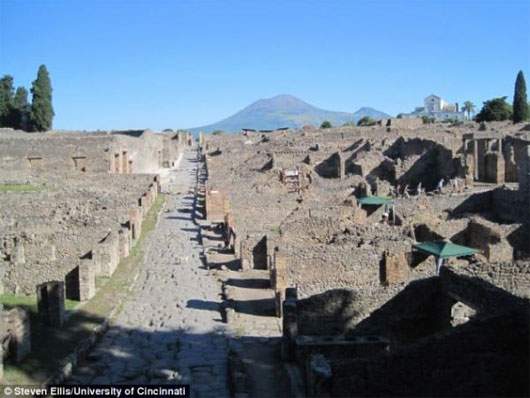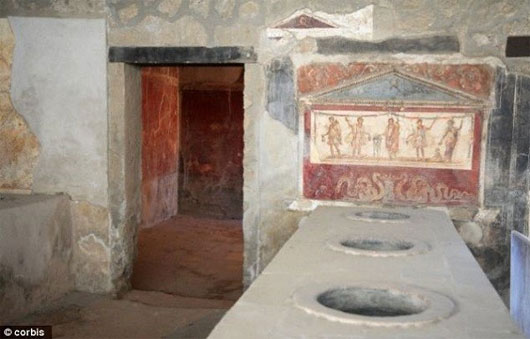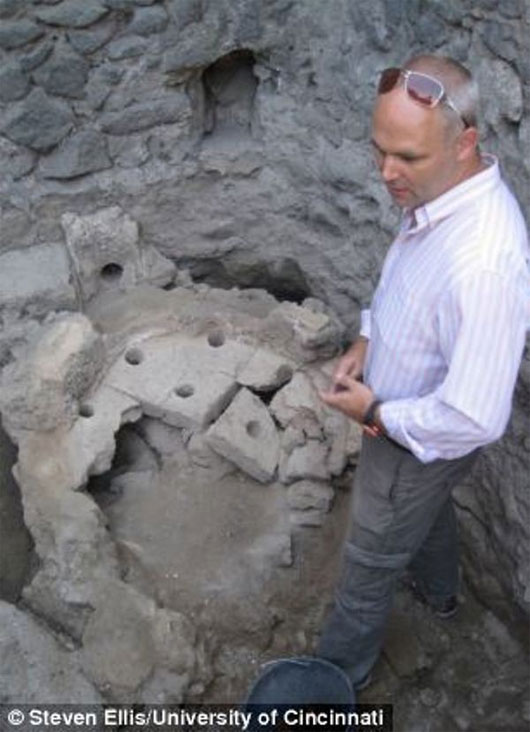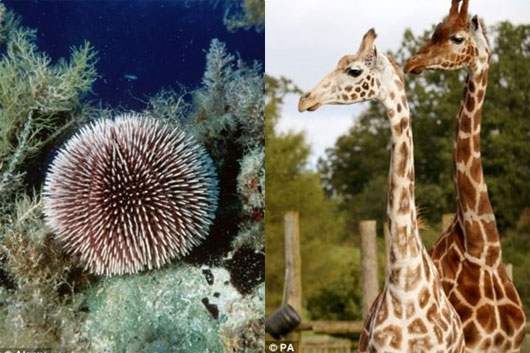The diet of 'sea breeze' of ancient Romans
According to archaeologists, the poor class of ancient Romans also knew how to eat sea urchins or even giraffes .
Recent archaeologists have discovered evidence that the middle and lower classes in ancient Roman society also enjoy a rich and attractive meal like the elite.
Evidence of meals with a variety of "seafood" flavors of seafood has been found at Pompeii - one of the Roman city states buried after the volcanic eruption in 72.


The team conducted excavations to search for evidence in the ruined city of Pompeii
Until now, many people still hold the view that there is a huge gap between the elite and the poor in Roman society. The rich are said to always have meals with the poachers from many lands, meanwhile, people only hold out by the day with dilute porridge.
However, the truth does not seem completely like that. The researchers discovered sea urchin meat, giraffe's thighs, along with cereals and eggs in a poor area in the ruined city of Pompeii.

Professor Steven Ellis focuses on finding evidence from sewer and canal systems
Specifically, archaeologists checked the waste in the sewer system, along with 10 toilets and canals. At a sewer, archaeologists have found many cheap, popular foods like cereals, fruits, nuts, olive oil, chicken eggs .
In other areas nearby, they also found rich foods imported from outside Italy such as shellfish, sea urchins and even giraffes thighs.

Since ancient times, the La Ma at Pompeii has eaten a variety of rare and strange meats such as porcupines, giraffes .
In addition, many "imported" spices from distant lands like Indonesia are also here. This proves that the ancient Romans also knew how to enjoy plentiful food in the world.
Through this archeology, the research team wanted to understand more about working-class social relations at Pompeii as well as collecting data on diverse food sources and ancient Roman diets.
- The secret of strong teeth of ancient Romans
- Funny death of ancient Romans
- How to help Romans have beautiful white teeth without toothpaste
- Shocking discovery of the 2.3kg hand of the Romans
- The culprit makes us infected with worms, lice are ... ancient Romans
- Ancient Romans were the agents of climate change in Europe 2,000 years ago
- The archaeological discovery of the Romans
- Antiquity 'cure' for ancient Romans
- Great architectural inventions of the Romans
- Reconstruction of the ancient
- Keep track of your diet with a smart lunch box
- How did the ancient Romans create heating systems?
 Discovered an ancient centipede fossil 99 million years old
Discovered an ancient centipede fossil 99 million years old Discovered bat-like dinosaurs in China
Discovered bat-like dinosaurs in China Discovered a 200-year-old bronze cannon of the coast
Discovered a 200-year-old bronze cannon of the coast Discover 305 million-year-old spider fossils
Discover 305 million-year-old spider fossils